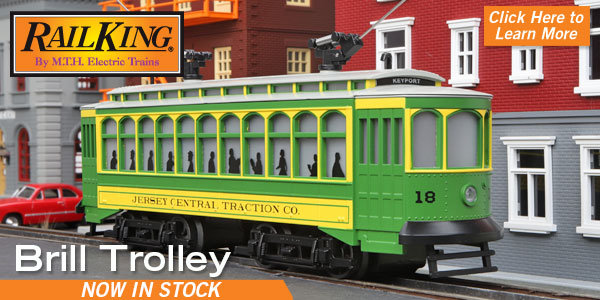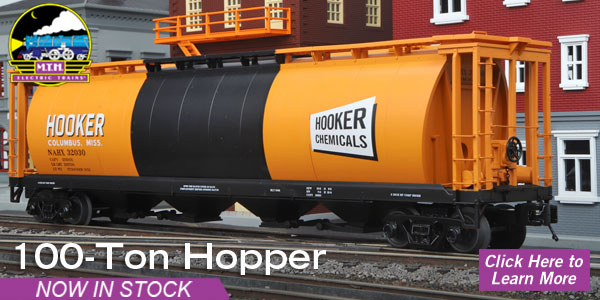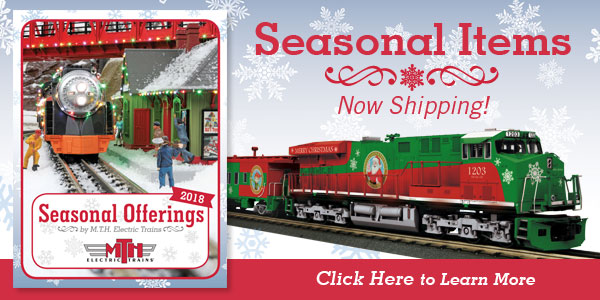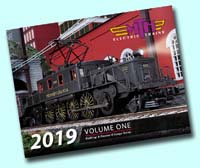 |
|||||||
|
|||||||

In 1869, the year that rails first joined America's east and west coasts, two German immigrants skilled in cabinetmaking founded the J.G. Brill Company in Philadelphia. At first, John George Brill and his son George Martin Brill built any kind of rail passenger vehicle, including horse-drawn streetcars, cable cars, and passenger cars for steam railroads. The firm's fortunes improved dramatically in the mid-1880s, however, when it began to concentrate on the booming streetcar market. And as the twentieth century dawned, Brill became a leader as the streetcar business matured and consolidated. The firm absorbed many of its competitors, including the American Car Company in St. Louis, the G.C. Kuhlman Car Company in Cleveland, the John Stephenson Company in Elizabeth, New Jersey, and the Wason Manufacturing Company in Springfield, Massachusetts. These acquisitions gave the Brill Company access to strategically located plants in most parts of the country. Brill was also known for technological innovation. One of its earliest notable designs was the patented Brill Convertible Car; removable side panels enabled the same trolley to be an open car in warm weather and a closed car in colder seasons. Later, the patented semi-convertible design enabled the removable panels to be stored in the car's roof. Other Brill innovations included the Narragansett car, an open car with a patented two-step running board to facilitate boarding by women in tight skirts; heavy steel high-speed articulated cars built in 1926 for the Washington, Baltimore & Annapolis interurban; and lightweight, high-speed Bullet cars developed in 1930. The RailKing Brill Semi-Convertible Trolley features transit stop simulation available only from M.T.H. Designed specifically for our municipal transit cars, the unique Proto-Sound 3.0 transit program features Station Stop Proto-Effects, allowing you to program the trolley to stop automatically at designated transit stops, even in Conventional Mode. When configured to run on automatic, the Brill Semi-Convertible stops itself at locations you choose and calls out transit stops that you select in advance; the trolley essentially runs itself. And when you program the Semi-Convertible for an out-and-back route, it even reverses itself and heads back downtown when it reaches the end of the line - stopping along the way to broadcast the name of each stop and the hustle and bustle of passengers coming and going. Once relatively unusual, covered hoppers are one of modern railroading’s most common cars, transporting bulk commodities from grain to cement and a variety of powdered and granular products such as raw plastic pellets. The modern cylindrical covered hopper was pioneered by American Car and Foundry in 1961. Up to that time, the typical covered hopper was basically a coal hopper with a roof. Like most freight cars, covered hoppers had a center sill that ran down the middle, and unloading doors were placed on either side of the sill. Some of the load would invariably cake on the center sill, and cars would have to be vibrated to loosen the product and fully empty the car. ACF’s innovation was the Center Flow design. The frame members were moved to the outside of the car, the hopper body was made cylindrical, and the unloading doors were moved to the center line of the car, at the bottom of the cylinder. The result was a car that unloaded more completely with less work and had a larger load capacity as well. Our model is based on the Government of Canada hoppers constructed in Canada by several car builders in the late 1970s and early 1980s and still in service today. A government Web site explains the story behind the cars: "There are approximately 12,100 railway hopper cars in the Government of Canada fleet, which form the core of rolling stock used by the Canadian National Railway and Canadian Pacific Railway to move western grain. These cars are provided at no cost to the railways for the transportation of grain from the Prairies to the ports of Vancouver and Prince Rupert, British Columbia, and Churchill, Manitoba, for export, or to Thunder Bay and Armstrong, Ontario, for domestic or export purposes. The railways have day-to-day control of the cars and allocate them to grain shippers on a commercial basis. The Government of Canada receives annual alternate-use revenues from the railways when the cars are not used in regulated grain service." |
2018 O Gauge Holiday OfferingsClick HERE to see it online. It's Easy To Add WiFi To Your DCS LayoutCheck Out The Quick Start VideoClick HERE To Learn More About DCS and WiFi Control 2019 Volume 1 CatalogClick HERE to see it online. |
||||||
| Follow Us On | |||||||
| © 2018 M.T.H. Electric Trains 7020 Columbia Gateway Drive, Columbia, MD 21046 (410)381-2580 |
|||||||






